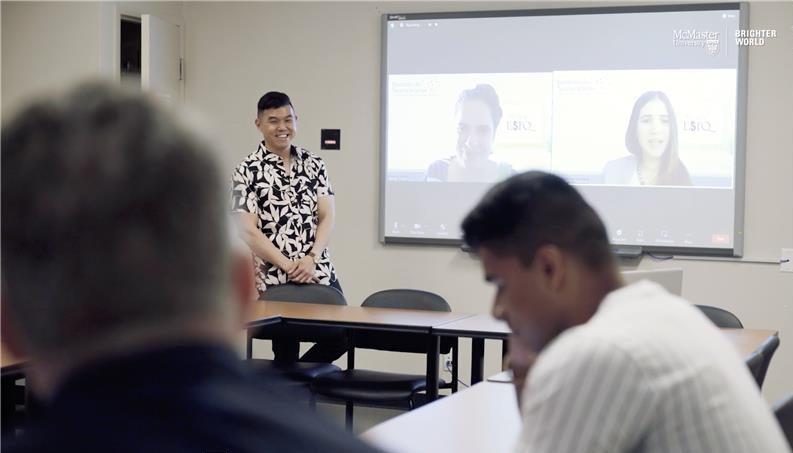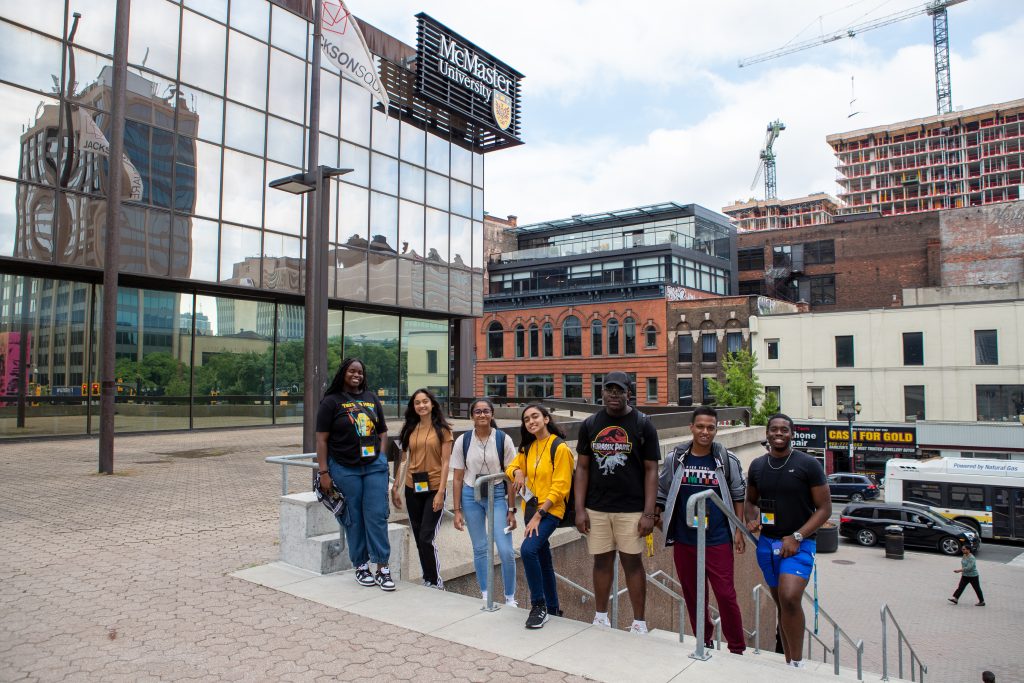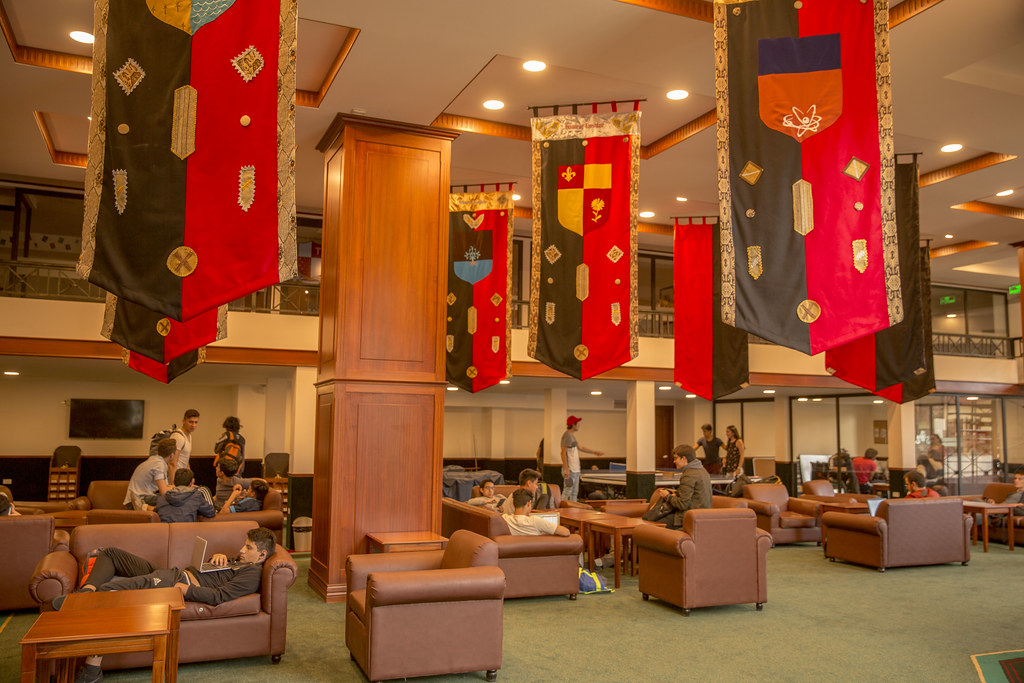2 Why Virtual Exchange?
Global educational experiences have been widely regarded as a vital tool for students and educators to engage in meaningful learning within their field of interest. Such opportunities are crucial for creating globally minded graduates that are well-equipped with the social, professional, multilingual and intercultural skills necessary for success, in both domestic and global markets (Rubin, 2017; SUNY COIL, n.d.). The Canadian landscape and perception around internationalized education has significantly changed over the years. Most of this cultural shift has been a direct byproduct of increased competition in higher education and workforce enrolment, decreased domestic education enrolment rates, and increased global representation throughout corporate settings (Knight, 2004). Such factors have fostered a growing need to develop globally minded graduates with adequate intercultural awareness, communication skills, multilingualism, and professional experiences to be successful in today’s labour market (Jenifer & Raman, 2017; Qiang, 2003).
Canadian Post-Secondary Education Institutions now consider internationalization as a high strategic priority and have developed key institutional strategic plans to implement appropriate changes (Larsen, 2015). Educators argue that the key value proposition of Virtual Exchanges is that they enable students to be better global thinkers and citizens by bringing global issues and intercultural differences to their awareness (Appiah-Kubi & Annan, 2020). There is suggestion that Virtual Exchanges can facilitate improvements in intercultural sensitivity and openness to new cultures (Commander et al., 2022; Naicker et al., 2022). Thus, Virtual Exchanges can help students gain essential global learning experiences while strategically allowing universities to broaden their international engagement and providing students with cross-cultural competencies and problem-solving skills that are in demand in the current job market (Government of Canada, 2024; Jenifer & Raman, 2017; Palameta et al., 2021; Qiang, 2003).
Traditionally, the opportunities for students to learn and engage in multicultural environments have relied on exchanges and study abroad programs, which tend to be costly and prohibitive for students who have limited financial resources and are unable to travel (Knight, 2004). In 2016, Academica Group conducted a survey involving 1,424 Canadians about their feelings towards global exchanges. The results showed cost as the most commonly cited barrier to international exchange, with 70% reporting this as a major barrier (Academica, 2016). According to Global Affairs Canada, only “11 percent of Canadian university students take part in international study over the course of their degree, compared to international peers such as France, Germany, Australia and the United States, where students go abroad at rates of 33 percent, 29 percent, 19 percent and 16 percent respectively” (Global Affairs Canada, 2019). In Canadian colleges, this disparity is even more significant, as college student participation in global exchanges drops to one percent (Bégin-Caouette et al., 2014). There is evidence that barriers to studying abroad are amplified among historically underrepresented students including, for example, those who are racialized, Indigenous, low-income, or who have disabilities (Brux & Fry, 2010; Ladika, 2009). Furthermore, among Canadian students who had the
 privilege of experiencing a study abroad program, many have gone to countries with a similar linguacultural background to Canada, such as the United States, United Kingdom, and Australia, presumably due to discomfort with potential culture shock (Global Affairs Canada, 2019); Tamas, 2014; Trilokekar & Rasmi, 2011). Additional barriers include travel worries and hesitancy, travel restrictions and safety, ability to obtain a visa, and health/travel insurance coverages, many of which were exacerbated during the COVID-19 pandemic (Larsen, 2015; Qiang, 2003). Although the Government of Canada is actively working towards encouraging a culture of international mobility among Canadian students by implementing an International Education Strategy, there is still a long way to go (Global Affairs Canada, 2019).
privilege of experiencing a study abroad program, many have gone to countries with a similar linguacultural background to Canada, such as the United States, United Kingdom, and Australia, presumably due to discomfort with potential culture shock (Global Affairs Canada, 2019); Tamas, 2014; Trilokekar & Rasmi, 2011). Additional barriers include travel worries and hesitancy, travel restrictions and safety, ability to obtain a visa, and health/travel insurance coverages, many of which were exacerbated during the COVID-19 pandemic (Larsen, 2015; Qiang, 2003). Although the Government of Canada is actively working towards encouraging a culture of international mobility among Canadian students by implementing an International Education Strategy, there is still a long way to go (Global Affairs Canada, 2019).
One method to circumvent these issues is by providing students with a Virtual Exchange opportunity. Although Virtual Exchanges, like COIL, have had a long history, the COVID-19 pandemic raised the need for an accessible, virtual global experience that is inclusive of students who are uncomfortable with or unable to travel (Appiah-Kubi & Annan, 2020; Fischer & Cossey, 2022). There are reports that students in the post-pandemic era are increasingly more accepting of online and virtual learning (Horváth et al., 2022). By utilizing online technology to connect students across national boundaries, Virtual Exchanges have the potential to provide opportunities for more students to engage in collaborative intercultural experiences, especially for those who may not have had the opportunity to travel abroad. Students that engage in Virtual Exchanges tend to experience numerous potential educational benefits, including, for example, global exposure, intercultural competency, and perspective taking (de Castro et al., 2019; Hackett et al., 2023; West et al., 2022). Thus, Virtual Exchanges are potential alternatives to traditional study abroad programs as they provide as an innovative and more inclusive medium for improving cultural development in the classroom and connecting a greater number and diversity of students with more global education opportunities. For instructors, Virtual Exchanges provide a platform to engage students in thoughtful discussions and reflective processes on their own learning, to develop international connections and partnerships with colleagues, and experience professional growth. Virtual Exchange frequently inspires educators from each partnering institution to reinvigorate their teaching approaches within courses and facilitates learning outcomes connected to a globalized context. These collaborations may also deepen instructor understanding of their academic subject matter, as students and instructors from different geographical and cultural backgrounds bring different perspectives and contexts to these bodies of knowledge.
For instructors, Virtual Exchanges provide a platform to engage students in thoughtful discussions and reflective processes on their own learning, to develop international connections and partnerships with colleagues, and experience professional growth. Virtual Exchange frequently inspires educators from each partnering institution to reinvigorate their teaching approaches within courses and facilitates learning outcomes connected to a globalized context. These collaborations may also deepen instructor understanding of their academic subject matter, as students and instructors from different geographical and cultural backgrounds bring different perspectives and contexts to these bodies of knowledge.
For institutions, Virtual Exchanges increase accessibility and inclusivity of international learning opportunities for all students, allowing for greater global exposure. By offering globally relevant educational experiences for their students through Virtual Exchanges, institutions can meet the internationalization criteria for global learning at their respective institution. Lastly, and most importantly, Virtual Exchanges align closely with McMaster University’s Partnered in Teaching and Learning Strategy.


